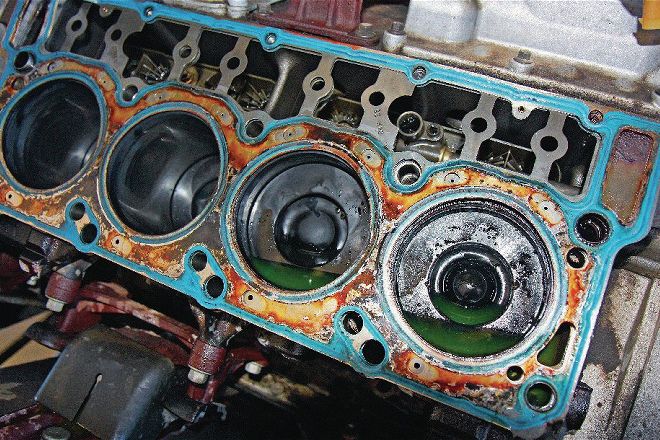
 John Cappa
Former Editor, Four Wheeler
John Cappa
Former Editor, Four Wheeler
Power Stroke Problems
Where can I find the list of Ford 6.0L diesel problems specific by year?
Gary Jones
Mt. Vernon, WA
The Ford 6.0L Power Stoke certainly had its share of issues. Owners that modified the engines seemed to find those issues a lot sooner than those that left the engines stock. We actually did a story on all of the known 6.0-liter issues at the time a couple years back called “Power Stroke Problems” (Aug. ’12). You can still find the story online at fourwheeler.com here: bit.ly/1hNFVWc. Good luck with your 6.0L.
Vintage Wrench Hunt
Do you know of a good trustworthy mechanic for a ‘54 Power Wagon close to Malibu, California?
Scott Frazie
Malibu, California
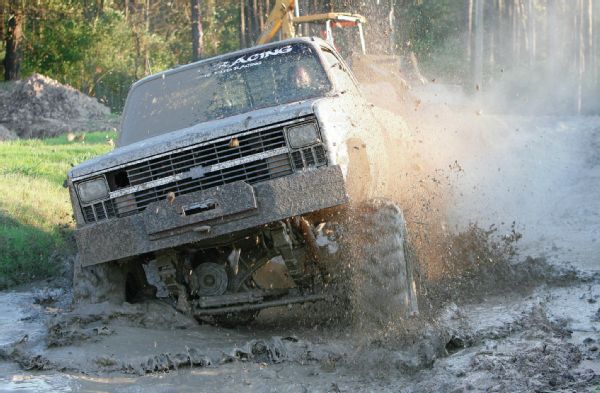
Finding a reputable shop that knows the inner workings of an older 4x4 like your Power Wagon can be a daunting task. Some shops will have no clue what they are looking at if they can’t plug in a diagnostic computer. Old-time corner shop owners familiar with fussy points-type ignition systems and wonky, old carburetors are becoming as rare as finding a counterman that can locate parts for such a vehicle. As with many older 4x4s, your best bet in finding a reputable local shop that knows the intricacies of your vehicle is to hit the Internet. Start with websites and forums that specialize in your vehicle. Chat up the members and find out who they take their trucks to. Unfortunately, you will likely find that most owners of older 4x4s tend to do much of the wrenching themselves. Be prepared to travel further than your hometown to find a shop that knows your older vehicle. Johnny’s Power Wagon Repair isn’t likely to exist in Malibu, however you might find a vintage hot rod shop nearby that specializes in vehicles with similar older mechanicals.
Tire Talk
I’m just starting out in the four-wheeling sport. I’m currently gathering information on the best all-around tire and tire tread to use, since I intend to do mud pits, rockcrawling, timber trails, and sand pits. Any information you could give me would be very much appreciated.
Lucas Frey
Danvers, IL
You came to the right place. Over the years we’ve tested many different tread patterns in just as many different terrain types. As you’ve gathered, your tire selection will depend a lot on the type of off-road terrain you plan to hit, but don’t forget about how you plan to use the vehicle on-road too. In your case, it may seem like you would want to go with a diehard, aggressive, mud-specific tire. However, if you plan to use the truck in the frozen season in Illinois, you also have to contend with snow and ice in winter. Ice and mud tires typically don’t mix well. You may want to look into some of the hybrid aggressive all-terrain tires like the Dick Cepek Fun Country (dickcepek.com), Goodyear Wrangler DuraTrac (goodyear.com), or Mickey Thompson Baja ATZ (mickeythompsontires.com). But, if you have made the decision that you absolutely need a full mud tire, look for a mud tire with sipes and smaller voids in the large lugs. Something like the Pro Comp Xtreme M/T 2 (procompusa.com) would be a good mud tire with snow and ice capability. You can also check out our tire chart at fourwheeler.comhere: bit.ly/1dtlGMt.
Max Bogger Mileage
I have always loved the look of the Interco Super Swamper Bogger and the way it works off-road, but I hate that they seem to wear out so quickly on-road. Why doesn’t Interco come up with a radial Bogger? Couldn’t the company use the carcass and tread compound of the Irok, SSR, or even the M16? Around my area we have mountains and mud. Lots of people run Boggers and have never had anything bad to say about them aside from the poor tire life. Please tell us if a radial Bogger is in the future.
Matt Coffman
Crimora, VA
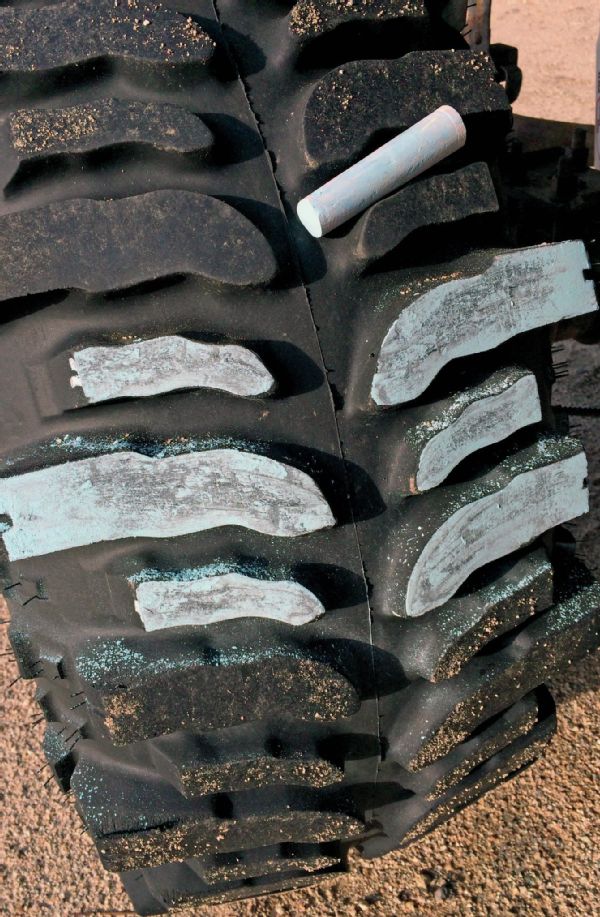
Unfortunately, as far as we know, there is no radial Bogger in the works. The truth is, the Bogger really isn’t a great street tire for many reasons. Although, we imagine many Super Swamper Bogger tires have been worn out on pavement exclusively, simply because they look cool on a show truck. Anyway, there is a way you should be able to eke a few more miles out of your Boggers. Most people run too much air pressure in larger off-road tires. The max psi number on the sidewall is generally far too much for most 4x4s. Too much air pressure causes the center of the tread to be the only portion in contact with the road. This is especially true on bias-ply tires like the Super Swamper Bogger. Also, since the center portion of the Bogger tread is mostly void, with very little tread rubber, the luggy tires wear out even more quickly. You’ll want to be extra careful with air pressure so you aren't overinflating your Boggers for street use.
You can check to see if you are using the correct pressure for the weight of your 4x4 by running a chalk line across the tread. Then drive straight forward on a smooth flat road for 100 feet or so. Inspect the chalk mark to see where it has worn away. If it’s worn away in the middle only, you have too much air pressure. If it’s worn away on the sides only, you have too little. Adjust the air pressure until the chalk mark wears off uniformly across the entire tread. You’ll likely find that the front and rear will require two different air pressures for proper inflation.
Lashing Experience
I have an extended warranty on my ‘03 Chevy Z-71 with a 10-bolt rear axle and the stock G80 locker. I bought it used and it currently has 104,000 miles on it. It has a clunk coming from the rear axle. The dealer says that the clunk I hear is backlash. They removed the driveshaft and said that there’s nothing wrong. I read somewhere that backlash is the pinion gear and the ring gear not meshing up and that the ring gear needs to be shimmed if there is too much slack. Is there a problem? If there is, what can I say to the dealership to make them fix it?
Dennis Miller
Via email
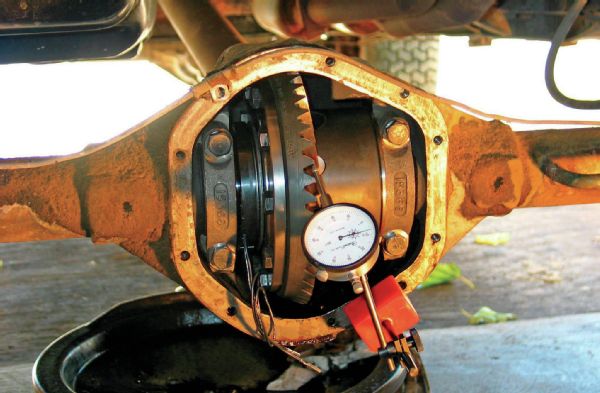
Nearly all modern axles have a traditional ring and pinion assembly in them. Every ring-and-pinion gearset requires just a bit of backlash to keep the gears meshed properly. This backlash amount varies from axle to axle. Too much backlash can cause a clunking noise when rolling on and off the throttle. Too little backlash can cause the gears to whine and overheat. A 10-bolt ring-and-pinion requires 0.006- to 0.010-inch of backlash (measured with a dial indicator) to function properly. An older truck might be on the higher end of this measurement due to wear, however it’s generally not a good idea to simply dig into the axle and shim the gearset for a tighter pattern once it’s worn. There are often other issues that need to be addressed such as worn bearings. We would recommend asking the dealer what the backlash reading was. If it’s beyond the specified values then the dealer should rebuild the rearend and inspect all of the components, including the G80 locker, for damage or wear prior to reassembly.
What Is The Best…?
What is the best rearend for a Toyota build with four-link suspension in the rear?
Makayla
Via fourwheeler.com
This is an incredibly difficult question to answer. We have no idea what engine you plan to run, what gear ratio, what low range gearing, what tire size, how much lift it has, if you plan to run a locker, the weight of the vehicle, or what kind of terrain you frequent. For questions like this we need a lot more information. Based off of what you’ve given us we’d recommend the stock axle since the stamped-steel housing allows you to easily weld link mounts directly to it. If you need something a little tougher then we would recommend a Ford 9-inch. It’s essentially the same stamped-steel housing design as your factory Toyota axle, just bigger and stronger all around.
Bearing Id
What is the bearing called in the housing where the CV axle meets the third member? Is it a stub shaft bearing? Mine are shot and I have no idea what I need to order. It’s a 4.88 Yukon-geared diff.
Ryan Hector
Via fourwheeler.com
Think of the IFS differential as nothing different than a regular beam axle, just incredibly narrow. The bearings at the end would be considered the front axleshaft bearings. Unfortunately, many parts shops often give ambiguous names to components like this. It could be called any number of things. It’s best to locate a parts store or axle parts supplier that is familiar with these parts, or at the very least find someplace that has an exploded diagram of the differential and its parts.
Your other option is to simply remove the bearing and cross reference the number stamped on it. Obviously, this is not the best route to go if you can’t afford to take your vehicle out of service while waiting for a special-ordered bearing.
Auto Slip
I have a problem with the auto tranny in my 4x4 slipping between Second and Third gears, mostly when it’s cold, but it’s way bad when I am rockcrawling on a 45-degree or steeper obstacle. I have had the fluid changed out so it’s clean and full. It’s mated to an Atlas 3.8 transfer case, 4.11 gears, and 33-inch tires. I have been to the dealer and was told that it probably needs an overhaul. I would appreciate any input before I go that route.
Mrangler
Via fourwheeler.com
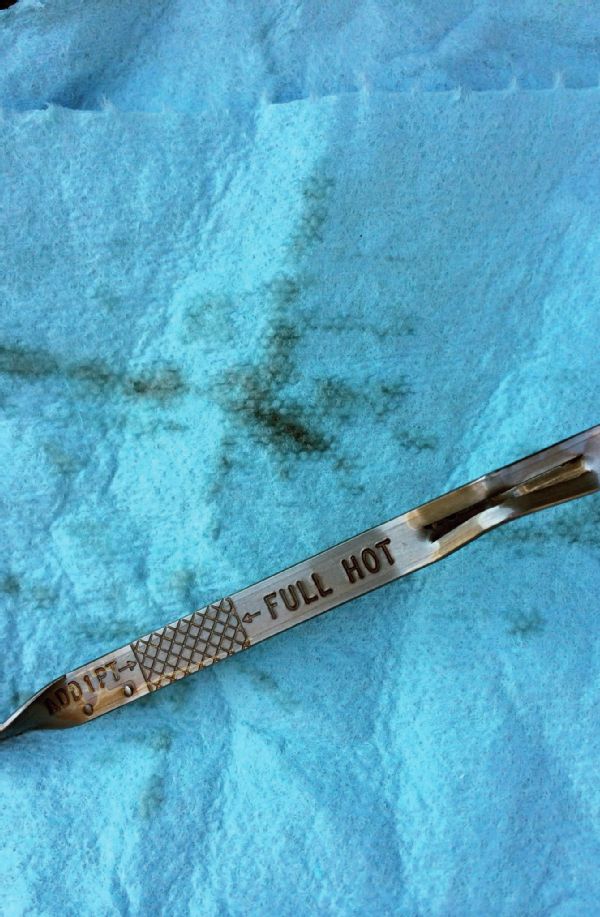
High-mileage automatic transmissions can be finicky, and all autos can act up at steep angles. Sometimes the oil pickup can become unsubmerged and suck air, halting forward progress. Older Ford transmissions are especially notorious for this. Sometimes the slipping at steep angles can be rectified with the use of a deep-sump transmission oil pan, even better if it has built-in baffles. Other than that, it’s difficult to assume what is going on inside your transmission.
The number one killer of automatic transmissions is heat. For that reason we typically recommend a tranny temp gauge with the sender mounted in the tranny oil pan. This will give you a better idea about what is actually going on in your transmission. If it’s getting hot and acting up, then you know it could be heat related, and you may be able to correct the problem with the addition of an aftermarket cooler. If it remains cool, yet acts up on you, then it’s likely that something internal is worn out or not functioning properly.
If something internal is worn out, it’s usually pretty easy to inspect the fluid to find out for sure. The tranny fluid should be fresh looking and clear red-ish in color. It should not be blackened or smell burnt. Tiny bits of metal are a good indicator that something internal is worn or wearing out and should be attended to.
Where To Write
Have a 4x4 tech question you want answered in Techline, drop an email to fourwheelereditor@sorc.com or head on over to our forums at fourwheeler.com. All letters become the property of Four Wheeler, and we reserve the right to edit them for length, accuracy, and clarity. Due to the volume of mail, electronic and otherwise, we cannot respond to every reader, but we do read everything.